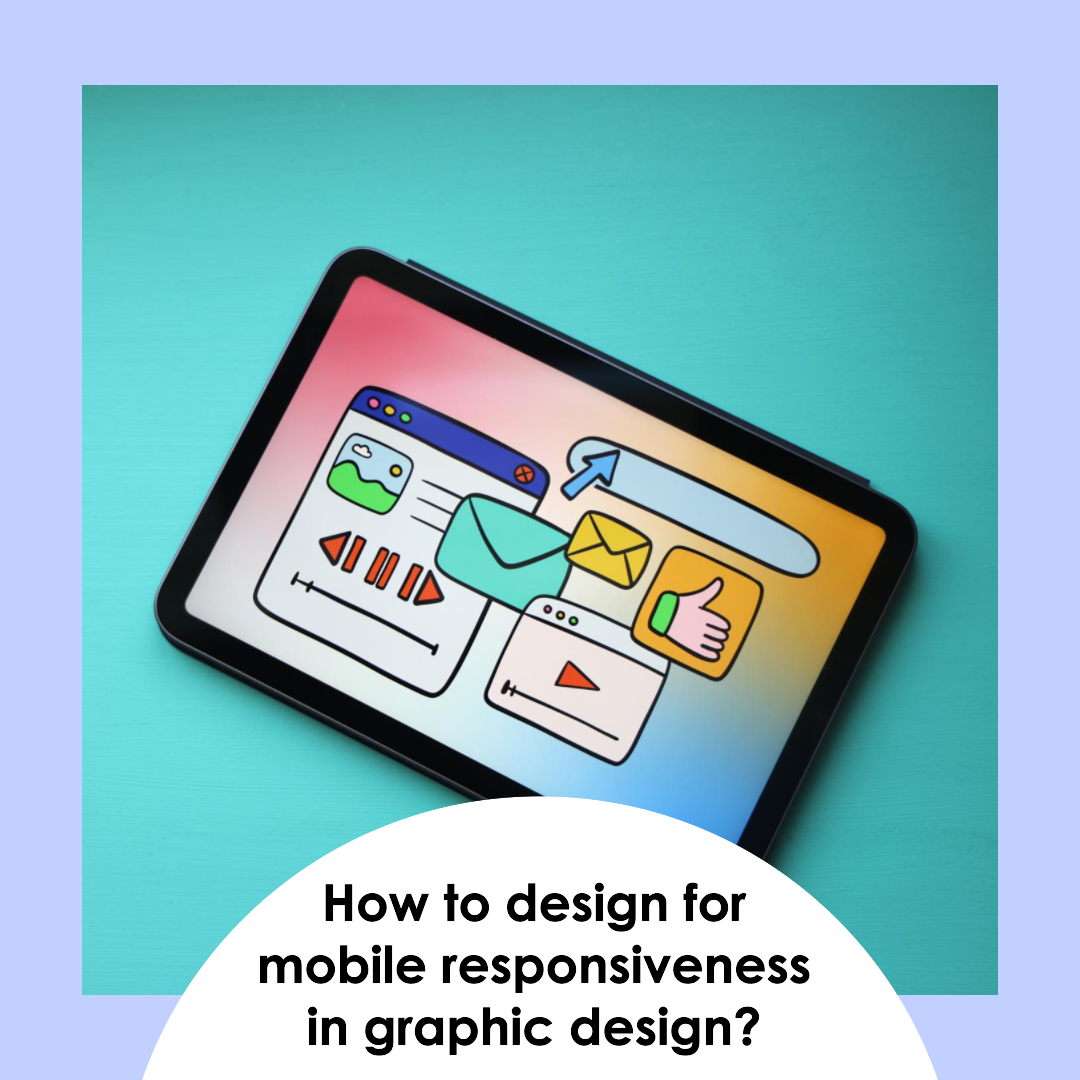How to create custom illustrations in graphic design?
Unveiling the Art of Custom Illustrations: A Comprehensive Guide to Creating Visual Narratives in Graphic Design
In the realm of graphic design, custom illustrations play a pivotal role in captivating audiences, conveying emotions, and enriching visual narratives. Unlike stock illustrations, custom illustrations are uniquely crafted to align with the specific brand, message, and target audience of a project. By harnessing the power of illustration, graphic designers can elevate their designs, adding a touch of originality, personality, and visual storytelling to their work.
Understanding the Significance of Custom Illustrations
Custom illustrations offer several compelling advantages in graphic design:
- Brand Identity Reinforcement: Custom illustrations can effectively reinforce brand identity by incorporating brand colors, typography, and visual elements, creating a cohesive and recognizable brand aesthetic.
- Visual Storytelling: Custom illustrations can transcend language barriers and convey complex messages or emotions through a universal visual language, resonating with a wider audience.
- Uniqueness and Originality: Custom illustrations stand out from generic stock imagery, adding a touch of originality and personality that sets a brand apart from its competitors.
- Creative Expression: Custom illustrations allow graphic designers to showcase their artistic flair and creativity, infusing designs with a unique and personalized touch.
- Engaging Audiences: Custom illustrations can captivate audiences, drawing them into the visual narrative and enhancing the overall impact of the design.
The Process of Creating Custom Illustrations
Crafting custom illustrations involves a creative and methodical process:
- Concept Development: Begin by brainstorming ideas that align with the project’s objectives and target audience. Sketch out rough concepts to explore different visual approaches.
- Research and Inspiration: Gather inspiration from various sources, such as art, photography, and other design work, to fuel your creative process.
- Refining the Concept: Refine the concept, considering the brand’s identity, target audience, and overall tone of the design. Sketch out more detailed and polished illustrations.
- Digital Illustration: Using digital illustration software, such as Adobe Illustrator or Photoshop, create the final illustrations, adding color, shading, and details to bring them to life.
- Feedback and Iteration: Seek feedback from colleagues, clients, or potential audiences to identify areas for improvement and refine the illustrations accordingly.
Tools and Techniques for Custom Illustration
Graphic designers employ a range of tools and techniques to create custom illustrations:
- Digital Illustration Software: Adobe Illustrator, Photoshop, and Procreate are popular choices for creating digital illustrations, offering a wide range of drawing, painting, and editing tools.
- Traditional Media: Traditional media, such as pencils, charcoal, watercolor, and acrylic paint, can be used to create original illustrations that are later scanned and digitized.
- Vector Graphics: Vector graphics, created using software like Adobe Illustrator, allow for scalability, ensuring illustrations can be adapted to various sizes without compromising quality.
- Raster Graphics: Raster graphics, created using software like Adobe Photoshop, are best suited for detailed illustrations with complex textures and color gradients.
Best Practices for Creating Effective Custom Illustrations
- Know Your Audience: Understand the target audience’s preferences, cultural context, and expectations to ensure the illustrations resonate with them.
- Align with Brand Identity: Ensure the illustrations align with the brand’s identity, incorporating brand colors, typography, and visual elements seamlessly.
- Clarity and Communication: The illustrations should clearly communicate the intended message or emotion, avoiding ambiguity or overly complex imagery.
- Composition and Balance: Pay attention to composition and balance, ensuring the elements within the illustrations are arranged harmoniously.
- Technical Proficiency: Master the tools and techniques of illustration software to create high-quality, polished illustrations that meet professional standards.
Conclusion: The Power of Custom Illustrations in Graphic Design
Custom illustrations empower graphic designers to transcend the boundaries of conventional design, crafting visual narratives that captivate, inform, and inspire. By mastering the process of creating custom illustrations, graphic designers can elevate their designs, strengthen brand identities, and leave a lasting impression on their audience. In today’s visually driven world, custom illustrations stand as powerful tools for communication, expression, and innovation in the realm of graphic design.








